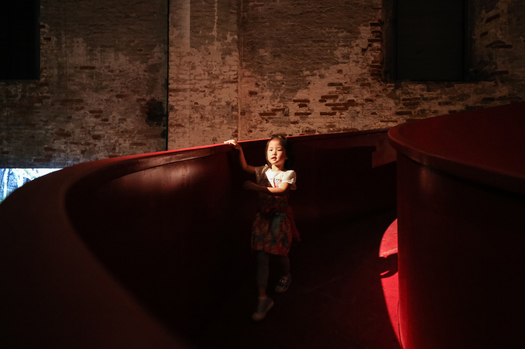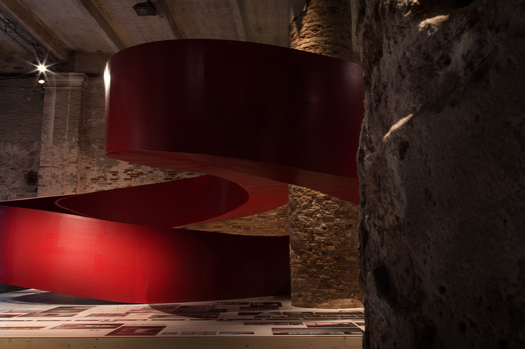
Corderie dell'Arsenale, Venezia
projectReporting from the Front: eduCARE
-

Photo by Matteo Benigna
-

Photo by Matteo Benigna
-

Photo by Matteo Benigna
-

Photo by Matteo Benigna
-

Photo by Matteo Benigna
-

Photo by Matteo Benigna
-

Photo by Matteo Benigna
-

-

Photo by Matteo Benigna
-

Photo by Matteo Benigna
-

Photo by Matteo Benigna
-

Photo by Matteo Benigna
-

Photo by Matteo Benigna
-

Photo by Matteo Benigna
-

Photo by Matteo Benigna
-

Biennale caption by the curator Alejandro Aravena
-

Photo by Matteo Benigna
-

Photo by Matteo Benigna
-

Photo by Matteo Benigna
-

Photo by Matteo Benigna
-

Photo by Matteo Benigna
-

Photo by Matteo Benigna
-

Photo by Matteo Benigna
Aequilibrium
Equilibrium is a state in which opposing forces or influences are balanced. A state of physical balance; A calm state of mind; in chemistry: A state in which a process and its reverse are occurring at equal rates so that no overall change is taking place; in economics: a situation in which supply and demand are matched. Equilibrium is that of the ‘house of cards’, of the tightrope walker, of the proportion of a classical column or of a statue, of the sailing boat travelling not upwind or lee.
The genius factor of this word is the capacity of describing balance through instability; just like the magical city in which we were born, Venice.We design a structure which finds balance throughout overhanging; alternating from side to side, rebounding tensions and bringing them back to the center in an effort that has the power of simple stability yet looking endless.
We design a suspended structure, wrapping around the historic column of the Corderie dell’Arsenale in Venice. It holds together memory and a new horizon, moving the spectator’s viewpoint, allowing him/her to climb up without slipping, to sit and also lay on a cork carpet.
We design a volume built through a multiplicity of small steel pieces, weld together to generate a self-supporting suspended element without any need of vertical supports. The steel pieces adapt, some of them are visible, others aren’t, but all are fundamental to balance the tensions.Like people, their time, knowledge and skills concur to move to a new possible circular economic model more balanced with our planet. We engage with this energy while designing our schools.
We design a knot. Questioning the conventional processes to designing a school, we tie together all resources at disposal: economic, human, social, energetic; proposing a new, more balanced model to fight inequalities.
We design a toy. Like our schools with their public spaces opened after school hours, spaces are created for interaction and play for the multicultural and multiethnic communities around them.
We design a perpetual path. There is an entrance- the child entering the community through schools and continuing to feed that community perpetually.
We design it red. A coloured node in the grey city of the sprawl.